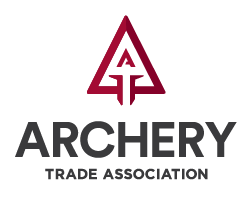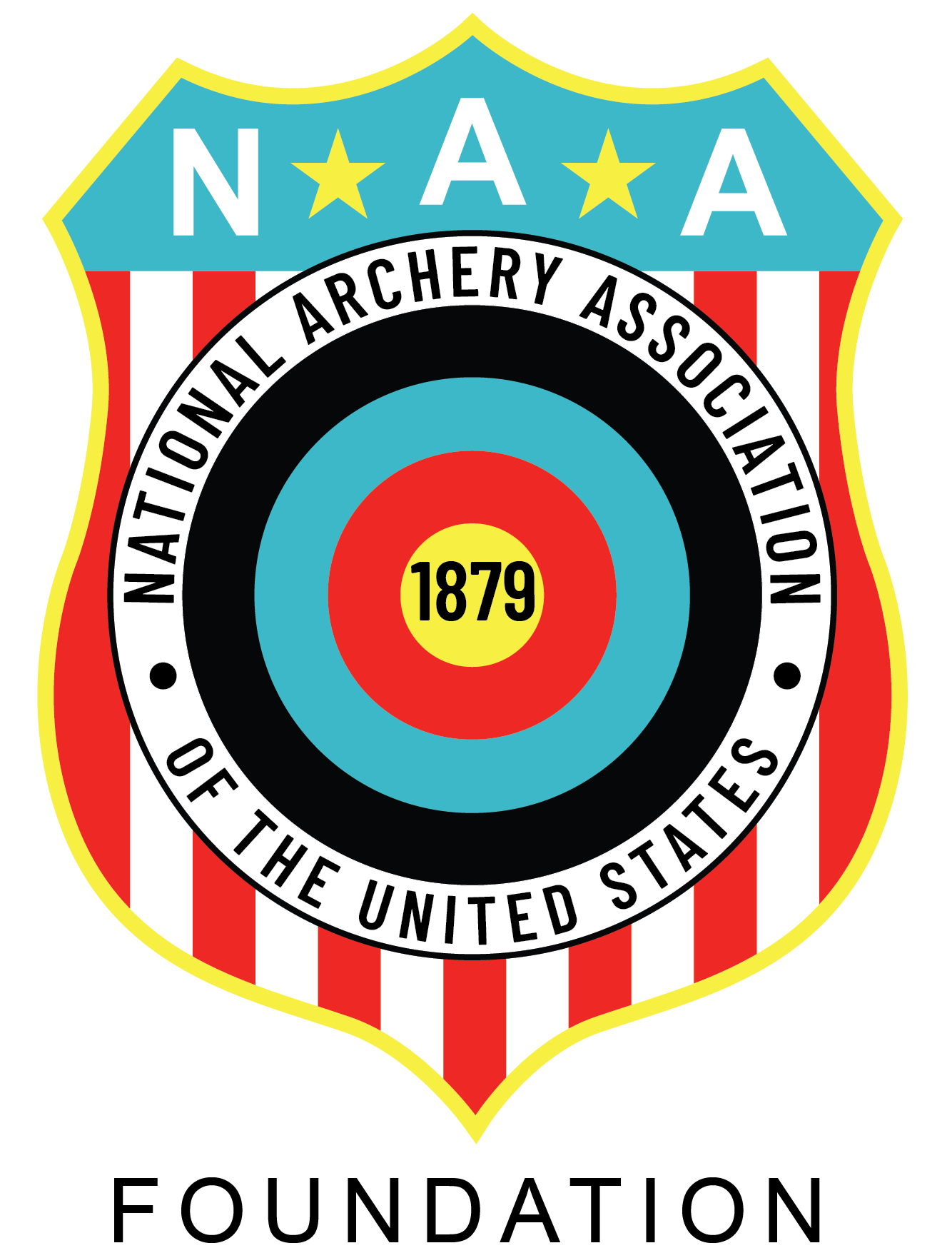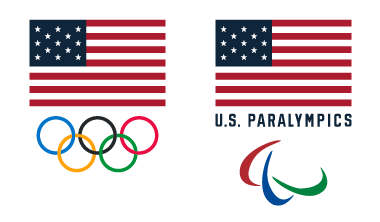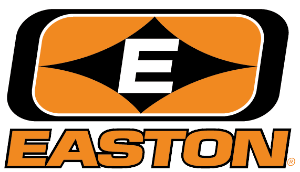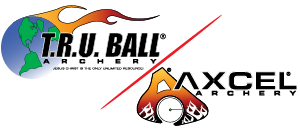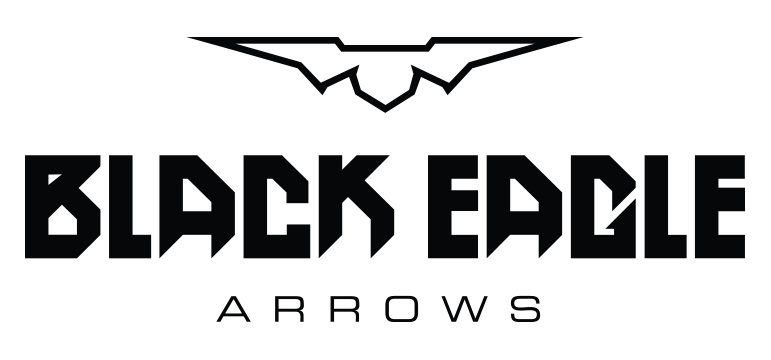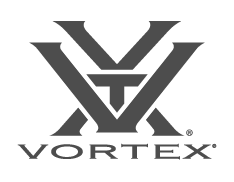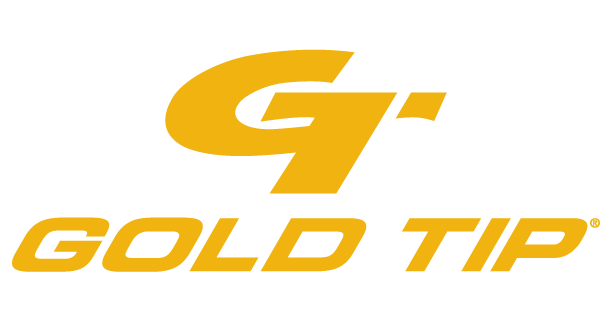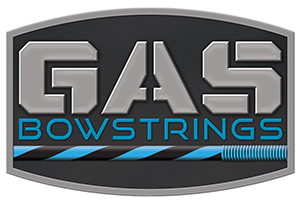High Performance
As the National Governing Body for the Olympic and Paralympic sport of archery in the United States, USA Archery recognizes the responsibility to develop athletes through physically, psychologically and emotionally healthy means so they can participate and enjoy the sport for a lifetime.
USA Archery's Athlete Development Model (ADM) provides a road map for athletes, parents, coaches and administrators to participate and lead athletes with long-term development in mind. The model takes into consideration training levels, coaching focus, biomechanics, motor learning, sport psychology and physical training levels for athletes on a spectrum of ages. We are fortunate and grateful to have had the opportunity to collaborate with other sport experts to create this roadmap. Ultimately, our hope is that together we transform the sport of archery and become a world-leading nation in developing archers of all ages. The goal of the USA Archery ADM is to:
The ADM is broken into six stages based on the athlete’s development and skill level. Parents and coaches should be aware that these age ranges are provided as a general guideline and that an athlete’s psychological and physical development will be the true factor in determining when an athlete progresses to the next stage.
The ADM provides resources and information for coaches and parents to help guide their athlete as they mature. It should be understood that this model is a resource and that athletes will mature and develop at different rates. It is important for parents and coaches to understand that athletes may mature early, average or late and females typically mature at a slightly earlier age than males. The rate of maturation and development will play a critical role in determining an athlete’s capabilities and limits.
It is also important for coaches and older athletes to understand that as athletes age beyond their forties, strength, endurance, flexibility and balance may decrease and this will require older athletes to approach training and participation differently. Ultimately, following these guidelines will provide for the optimal development of an archer whether that archer is pursing high performance or recreational participation in sport.
Furthermore, the practice and training levels suggested in this document provide general guidelines for training volume, draw weight, and training activities. Each athlete should be evaluated by a qualified medical professional and follow their prescribed recommendations prior to beginning any training.
USA Archery, 210 USA Cycling Point, Ste. 130, Colorado Springs, CO 80919. [email protected]. 719-866-4576. Contact.
© 2024 USA Archery. All rights reserved. Privacy Policy. Terms of use. Accessibility Statement.
Website designed and developed by 93ft in partnership with Sport:80



